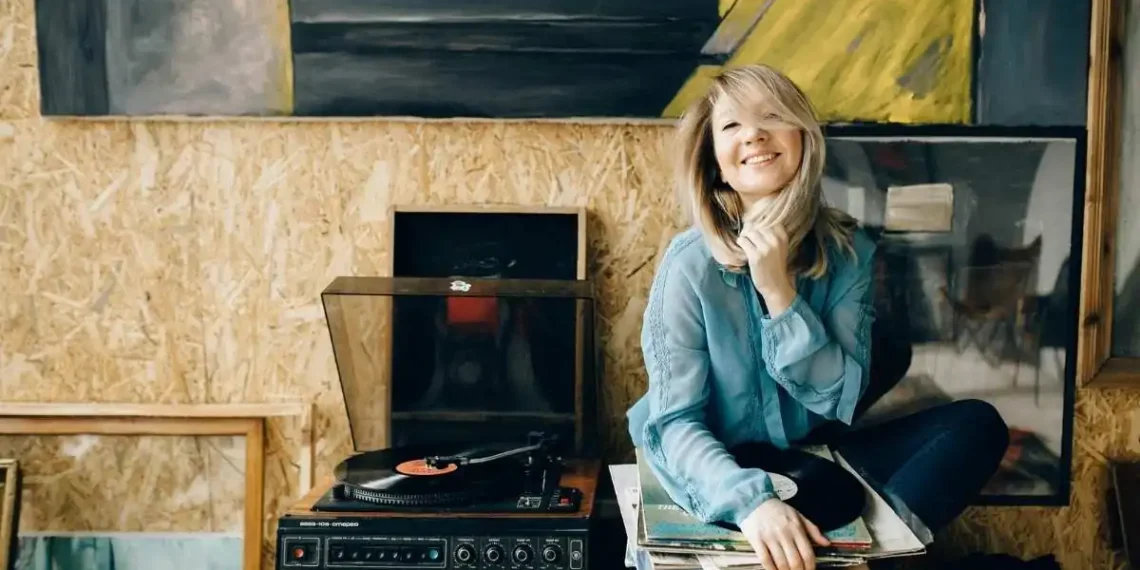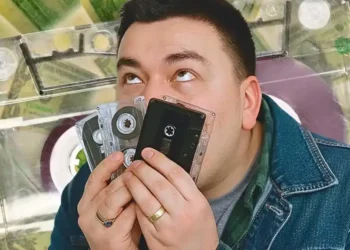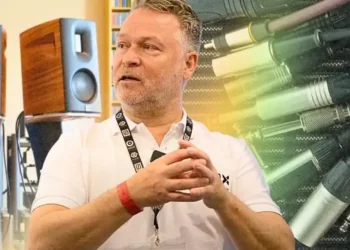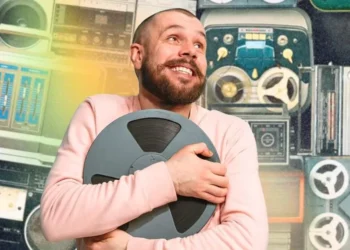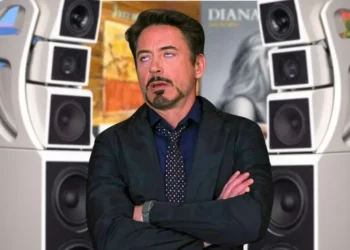6 Reasons Why I Keep Buying Vinyl — Even When “Better” Options Exist
Vinyl is making a huge comeback, but many people still don’t get why. Sure, audiophile charts say CDs win in sound quality, and a lot of today’s vinyl records actually start as digital files. Plus, vinyl often costs $40 or more per album, which should kill its popularity. Yet, it’s still the best-selling physical music format by far.
So, what’s the real deal? Why do people keep “wasting money” on vinyl when streaming, CDs, and digital files seem so much more convenient and affordable? Here are six honest reasons why vinyl keeps winning me over.
1. Vinyl Forces Me to Really Listen
Streaming makes it too easy to just let music fade into the background. I’d catch myself clicking play on a playlist, then suddenly realize I’d skipped through most songs without really hearing a thing. Spotify data shows nearly 25% of tracks get skipped in the first 5 seconds — and almost half never make it to the end.
Vinyl changes that. One side plays for 18 to 22 minutes straight. When it ends, I have to get up, flip the record, and decide what to play next. That simple action slows me down and makes me appreciate songs I’d otherwise skip.
A UC Davis study says listening to a record start-to-finish “unlocks a new way of thinking about music,” connecting listeners to the artist’s story in a way other formats don’t.
2. Vinyl Is More Durable Than You Think
Vinyl has a reputation for being fragile, but with some care, records can last a lifetime — or even longer.
- Vinyl: Can warp in heat or wear grooves with heavy use, but can last 60 to 100+ years if stored properly.
- CDs: Vulnerable to “disc rot” and scratches, lasting 30-50 years typically.
- Cassettes & 8-tracks: Tape degrades and mechanisms fail within 10-30 years.
Even scratches on vinyl often just add character—some crackle—but the music still plays. You can clean records, fix mild warps, and even fill deep scratches. Plus, vinyl is just plastic with no moving parts, unlike tapes or CDs.
3. Digital Sound Is Too Perfect — I Want Character
Digital files can be incredibly clear, but sometimes they feel a bit sterile.
Vinyl adds tiny pops, subtle groove noises, and a gentle roll-off in the highest frequencies — imperfections that make the music feel more alive and human.
This “character” comes from:
- The vinyl signal chain (cutting lathes, tube amps, and RIAA equalization add warmth and color).
- Gentler mastering on some records (though this varies today).
- The natural noise floor of vinyl, which adds a cozy background hiss that some listeners love.
In the end, vinyl isn’t about perfect numbers — it’s about feel.
4. Vinyl Can Be Passed Down Through Generations
I want my music to outlast me. The Library of Congress says vinyl can last 100 years or more if stored right — enough for my grandkids to hear the same needle drop I do today.
That kind of legacy is impossible with digital playlists or files stuck on outdated drives. Plus, turntables and needles are still easy to find, and the technology hasn’t changed since the 1950s.
Some vinyl records even gain serious value: a numbered Beatles White Album sold for nearly $800,000. So you’re not just building a collection — you’re preserving history.
5. Big Art, Liner Notes, and Collectible Editions
Vinyl jackets are about 12 inches square — over 15 times larger than a CD insert. The cover art feels like a mini-poster you can display.
Inside, you often find lyrics, essays, and credits — details missing from tiny streaming app screens.
Many buyers love vinyl for this visual and tactile experience. MusicWatch reports 16% of U.S. vinyl shoppers buy records just to own or show them off, while 21% collect more than they listen.
Artists and labels have embraced this with limited editions, colored vinyl, and exclusives — like Taylor Swift’s 945,000 vinyl sales for Midnights in 2022, boosted by multiple variants.
Sure, some colored vinyl can add surface noise, but few formats offer this mix of art and music.
6. Sometimes, I Just Like Annoying Audio Purists
I respect audiophiles, but I get a kick out of flipping a neon splatter vinyl on my casual setup and knowing some purists cringe.
Hardcore fans argue colored vinyl is noisy and belongs on walls, not turntables. They swear by heavy 180-gram records and frown on my vintage suitcase player. Limited edition releases and Record Store Day specials also stir debate.
But here’s the irony: casual buyers and collectors keep vinyl alive. According to Luminate, only half of recent vinyl customers even own turntables. Still, their purchases fund new pressing plants and reissues.
For me, vinyl is fun, supports the stores I love, and the debates online just add flavor to the experience.
Bottom line? Vinyl isn’t about the “best” sound or convenience. It’s about slowing down, feeling music in a new way, and keeping something tangible alive for years to come. And that’s why I’m happy to keep “wasting money” on records.
This article was rewritten by JournosNews.com based on verified reporting from trusted sources. The content has been independently reviewed, fact-checked, and edited for accuracy, neutrality, tone, and global readability in accordance with Google News and AdSense standards.
All opinions, quotes, or statements from contributors, experts, or sourced organizations do not necessarily reflect the views of JournosNews.com. JournosNews.com maintains full editorial independence from any external funders, sponsors, or organizations.
Stay informed with JournosNews.com — your trusted source for verified global reporting and in-depth analysis. Follow us on Google News, BlueSky, and X for real-time updates.
